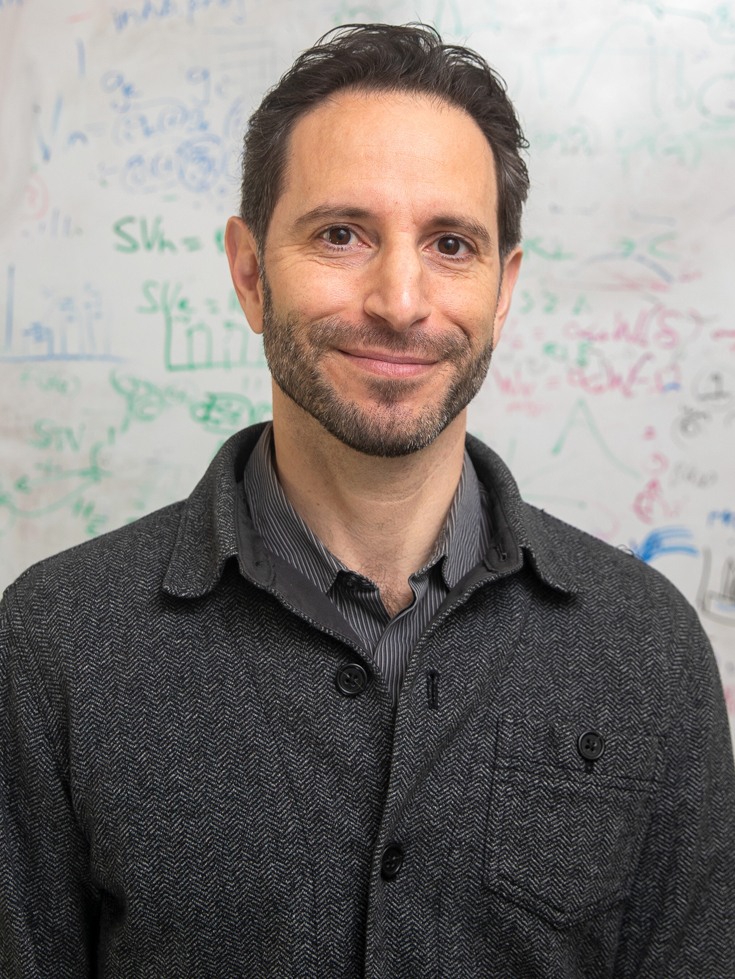Researchers at Brown University’s Robert J. and Nancy D. Carney Institute for Brain Science are continuously seeking a better understanding of the computational power of the human brain. But what happens to the insights they gain from each study? How can these discoveries be put to use more rapidly to help patients?
The BRAINSTORM program in the Center for Computational Brain Science (CCBS) at Carney strives to answer these questions. The program is designed to enable the advancement of early-stage projects and ideas with the potential for commercialization or broader adoption by the scientific community and industry.
Brown is home to leading researchers in computational neuroscience, world leaders in artificial intelligence, and physician-scientists using cutting-edge computational approaches to understand the mechanisms underlying complex disorders. The University is also located in the heart of the Boston/Providence biomedical, medical technology, and start-up ecosystem — an ideal launching pad for translational efforts in science.
With these strengths in place, the BRAINSTORM program aims to address an acknowledged chasm between academia and industry in an area of research where computational modeling and machine learning techniques could lead to improved diagnosis and treatment of mental illness.
“We wanted to create a program that would attract innovative and creative researchers to work on problems relevant to brain health, which could translate into concrete solutions, including potential for commercialization,” says Michael Frank, professor of cognitive, linguistic and psychological sciences and director of the CCBS.
Frank says donors to the Carney Institute have been instrumental in getting the program off the ground. Prior gifts enabled Carney to recruit Frederike Petzschner from the ETH and University of Zurich to conduct research on chronic pain using a neuroscientific mobile application called SOMA, as well as to develop the BRAINSTORM program, which now includes multiple projects led by other Brown faculty and students. A recent $5 million gift is also enabling the recruitment of new innovators to the program.
“BRAINSTORM attracts brain scientists who want to have an impact in the real world,” says Petzschner. “But it requires a whole set of new incentives and tools to make the translation possible.”
Both Frank and Petzschner have been pioneers in the new field of computational neurology and psychiatry. Since 2015, Petzschner has organized the world’s largest course in computational psychiatry, and she currently serves as an editor of the Journal of Computational Psychiatry. Frank is the 2021 recipient of the Troland Research Award from the National Academy of Sciences for his work in computational cognitive neuroscience, which combines multiple levels of computation with different types of data to improve understanding of the link between brain and mind.


 “We have an extensive database of industry contacts, venture capitalists, and experienced entrepreneurs,” says Melissa Simon, director of business development at BTI. “We are also intimately tied into the Rhode Island entrepreneurial ecosystem and can make connections as appropriate to resources both within and outside of Brown.”
“We have an extensive database of industry contacts, venture capitalists, and experienced entrepreneurs,” says Melissa Simon, director of business development at BTI. “We are also intimately tied into the Rhode Island entrepreneurial ecosystem and can make connections as appropriate to resources both within and outside of Brown.”